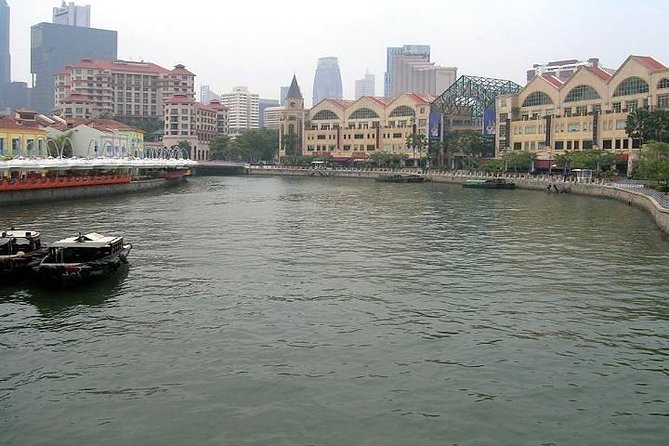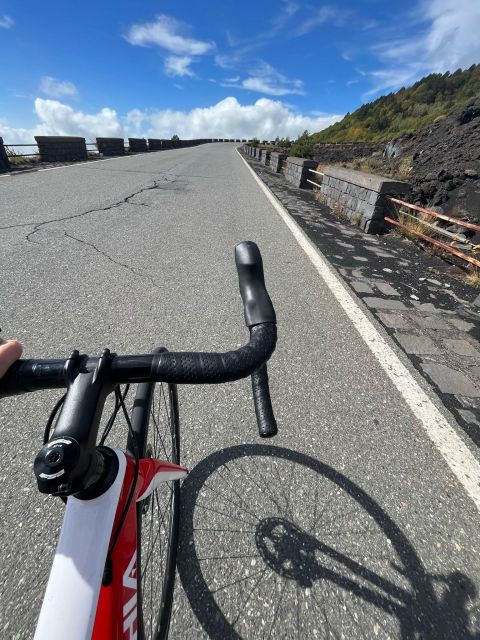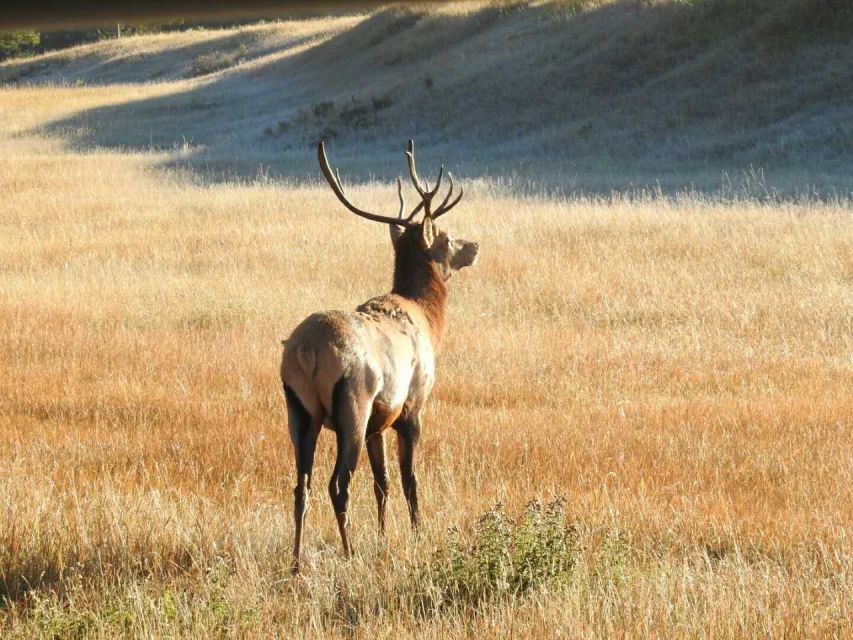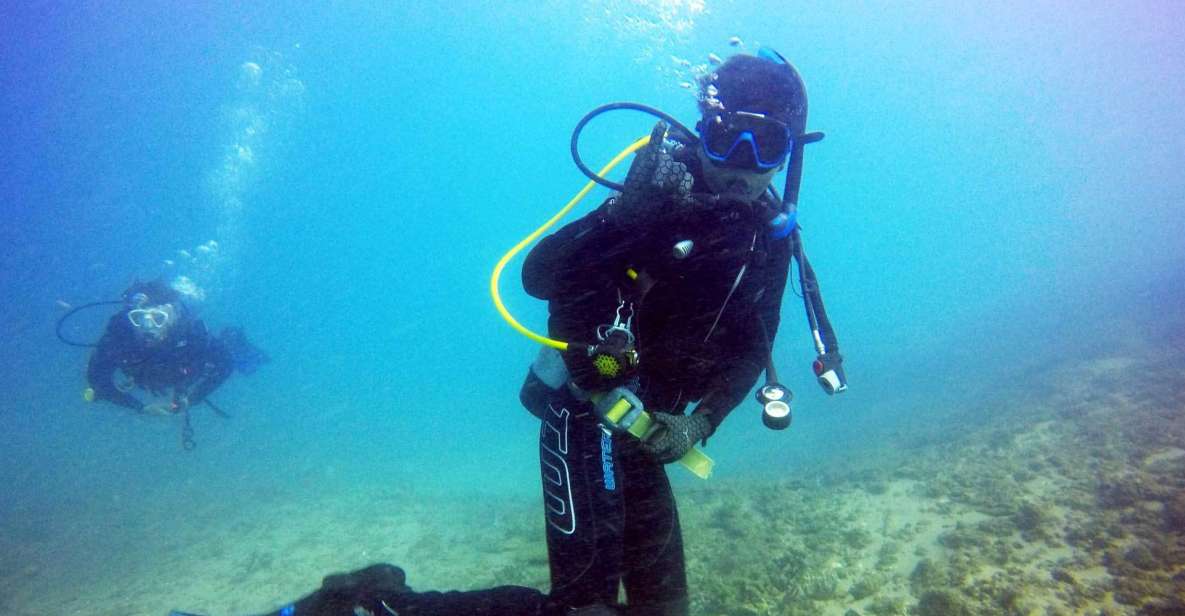The 13 Days Annapurna Base Camp Trek stands out as a captivating journey through the heart of the Himalayas, offering trekkers a unique blend of natural beauty and cultural richness. With its well-structured itinerary, this trek caters to adventurers of all levels, providing comfortable accommodations and the guidance of experienced locals. As participants navigate through diverse landscapes and quaint villages, they’ll discover the significance of essential permits and the importance of proper equipment. Yet, the trek’s allure lies not just in the scenery but also in the stories that unfold along the way. What experiences await those who take the plunge?
Key Points
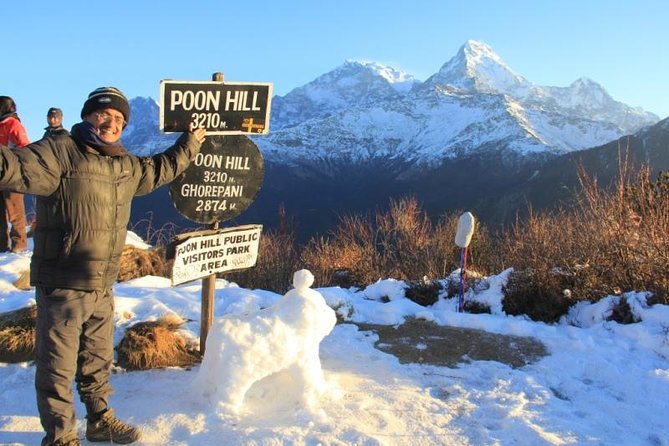
- The trek lasts 13 days, with 8 days dedicated to hiking through diverse terrains to reach Annapurna Base Camp.
- Trekkers enjoy cozy accommodations in local lodges and tea houses, offering authentic cultural experiences.
- An experienced English-speaking guide and porter service ensure trekkers can explore at their own pace with safety.
- Required permits include the Annapurna Conservation Permit and TIMS for safe trekking and tracking.
- Daily breakfast is included, allowing trekkers to savor delicious local cuisine throughout the journey.
It's also worth checking out some other tours and experiences nearby.
Trek Overview and Itinerary
Embarking on the 13-day Annapurna Base Camp Trek offers adventurers a thrilling journey through breathtaking landscapes, vibrant culture, and the majestic peaks of the Annapurna range.
Starting from Pokhara, trekkers make their way to Nayapul, gradually ascending through lush forests, terraced fields, and charming villages. Each day is filled with unique experiences, from interacting with local communities to savoring traditional Nepali cuisine.
The trek culminates at the base camp, surrounded by towering snow-capped mountains. After eight days of immersive trekking, the journey concludes with a descent from Phedi back to Pokhara.
With a well-structured itinerary, this trek caters to both seasoned hikers and enthusiastic beginners, ensuring everyone enjoys the stunning beauty of the Annapurna region.
Accommodation and Transportation
Travelers can expect comfortable accommodations and convenient transportation throughout the Annapurna Base Camp Trek, ensuring a smooth and enjoyable experience.
They’ll stay in cozy lodges and tea houses run by welcoming Nepali families, providing a taste of local culture.
Transportation is hassle-free with:
-
Comfortable 3-star hotels in Kathmandu and Pokhara
-
Daily breakfast included for a hearty start
-
Scenic bus rides from Kathmandu to Nayapul and back
-
Smooth airport transfers to kick off the adventure
This thoughtful arrangement allows trekkers to focus on the breathtaking landscapes and rich experiences that await them, while the logistics are expertly managed for their convenience.
Services and Guides
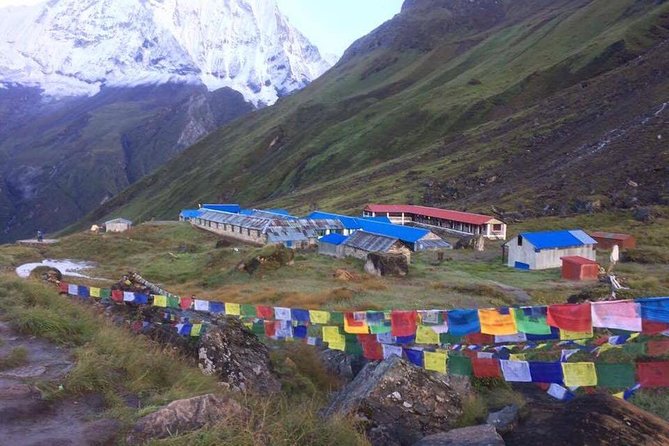
An experienced English-speaking guide accompanies each group on the Annapurna Base Camp Trek, ensuring trekkers receive expert insights and support throughout their journey.
The guide provides valuable information about the local culture, geography, and flora and fauna, enriching the trekking experience.
Each group also benefits from the assistance of a porter, who carries the bulk of the gear—one porter is provided for every two trekkers. This arrangement allows trekkers to focus on the breathtaking scenery and their own pace.
Plus, all guides and porters are covered by insurance, ensuring safety and well-being during the trek.
With this robust support system, adventurers can fully enjoy the majestic beauty of the Annapurna region.
Required Permits and Insurance
Securing the necessary permits and insurance is essential for a successful and compliant Annapurna Base Camp Trek. Trekking enthusiasts must ensure they’ve the following:
-
Annapurna Conservation Permit: Required for entry into the conservation area.
-
Trekkers’ Information Management System (TIMS): Helps keep track of trekkers and enhances safety.
-
Personal insurance: It should cover various aspects, including:
-
Medical emergencies
-
Accidental injuries
-
Natural disasters
-
Emergency evacuation and trip cancellation
-
Visa: Obtainable upon arrival at Tribhuwan International Airport, requiring two passport-sized photos.
Personal Equipment Essentials
Packing the right personal equipment is crucial for ensuring a comfortable and enjoyable experience during the Annapurna Base Camp Trek.
Trekkers should include a sleeping bag rated for -15°C, a warm down jacket, and sturdy trekking shoes to handle varying terrains.
Gloves, sunglasses, and sunscreen are essential for protection against the sun and cold.
A trekking stick can provide stability on steep paths, while a personal towel adds convenience at tea houses.
Warm clothes, including thermal layers, will keep trekkers cozy in chilly evenings.
Lastly, a reliable torch is necessary for navigating during nighttime.
Medical Supplies and Health Tips
Carrying the right medical supplies is just as important as having the proper personal equipment for a successful Annapurna Base Camp Trek. Trekkers should prepare for altitude challenges and minor ailments by packing essential medications.
Here’s a quick list of must-have items:
-
Pain relievers like ibuprofen or acetaminophen
-
Anti-nausea medication for altitude sickness
-
Antacids for stomach issues
-
Band-aids and antiseptic wipes for cuts and scrapes
Along With these supplies, maintaining good hydration is crucial. Trekkers should also be aware of their physical limits and take rest days as needed.
With the right preparation and health tips, trekkers can enjoy their adventure with greater peace of mind.
Cancellation Policy and Pricing
Understanding the cancellation policy and pricing details is crucial for trekkers planning the Annapurna Base Camp Trek.
The trek starts at an attractive price of $999.00, with a lowest price guarantee, ensuring trekkers get the best deal.
However, it’s essential to note that the cancellation policy is non-refundable; once a booking is made, trekkers won’t receive any refunds for cancellations. This strict policy underscores the importance of committing to the trek only after thorough consideration.
Trekkers should also be aware that additional costs may arise, such as personal gear or extra services.
Being informed about these aspects helps trekkers prepare better and avoid unexpected surprises during their adventure.
Traveler Reviews and Ratings
Trekkers consistently rave about their experiences on the Annapurna Base Camp Trek, reflecting a remarkable overall satisfaction with the journey. Many highlight the breathtaking views, friendly locals, and well-organized logistics.
-
Stunning landscapes of towering peaks and lush valleys
-
Warm hospitality in cozy lodges run by Nepali families
-
Delicious traditional meals that fuel the trek
-
The camaraderie shared among fellow trekkers
With an impressive rating of 5.0 from nine reviews, it’s clear that travelers appreciate both the adventure and support provided throughout the trek.
The combination of skilled guides, adequate preparation, and memorable experiences makes this trek a favorite among outdoor enthusiasts.
Here's a few more nearby tours and experiences we think you'll like.
Frequently Asked Questions
What Is the Best Time to Trek to Annapurna Base Camp?
The best time to trek is during spring and autumn. During these seasons, the weather’s mild, trails are less crowded, and breathtaking views of the mountains enhance the experience for trekkers seeking adventure.
Are There Any Age Restrictions for Participants?
There aren’t strict age restrictions for participants, but individuals should possess strong physical fitness. Young children and older adults should consult a doctor before joining, ensuring a safe and enjoyable trekking experience for everyone involved.
Can I Charge My Electronic Devices During the Trek?
He can charge his electronic devices during the trek. Many tea houses provide electricity sockets, but it’s wise to carry a power bank for backup, especially in remote areas where power might be less reliable.
Is There Wi-Fi Available in the Lodges Along the Trek?
Many lodges along the trek offer Wi-Fi access, though it might be slow and intermittent. Travelers should expect limited connectivity, so it’s best to prepare for offline activities during their adventure.
What Currency Should I Bring for Additional Expenses?
For additional expenses, she suggests bringing Nepalese Rupees, as it’s the local currency. ATMs are available in major areas, but having cash on hand ensures convenience for small purchases and tips during the trek.
Not for you? Here's more of our most recent tour reviews happening neaby
- Walking Tour of Kathmandu (Half Day)
- Ganga Jamuna Dhading Trek
- Kathmandu Airport Transfer
- Langtang Valley Trek- 7 Days
- Kathmandu Airport Private Transfers
- Langtang Valley Trek: Short Culture Trek From Kathmandu
- Nagarkot Hill Station Overnight for Mountain & Sunrise Views
- Kathmandu Sightseeing Private Tour – 4 UNESCO Heritage Sites
- Kathmandu to Dharapani Drop-Off Service 4×4 Wheel Vehicle
- Langtang Valley Trek
- 3-Day Ghale Gaun Homestay Experience From Kathmandu
- Poon Hill Trekking From Kathamndu
- Nagarkot Sunrise Tour From Kathmandu Valley
- From Kathmandu: 6-Day Ghorepani, Poon Hill and Ghandruk Trek
- Explore Nepal (6 Nights 7 Days Tour)
Recap
The 13 Days Annapurna Base Camp Trek offers an extraordinary blend of adventure and culture.
Trekkers experience stunning landscapes, warm hospitality, and delicious Nepali cuisine along the way.
With well-organized itineraries, cozy accommodations, and experienced guides, this trek caters to all skill levels.
It’s not just a trek; it’s a journey filled with unforgettable memories and breathtaking views.
For those seeking an adventure in the heart of the Himalayas, this trek is truly a must-do.

